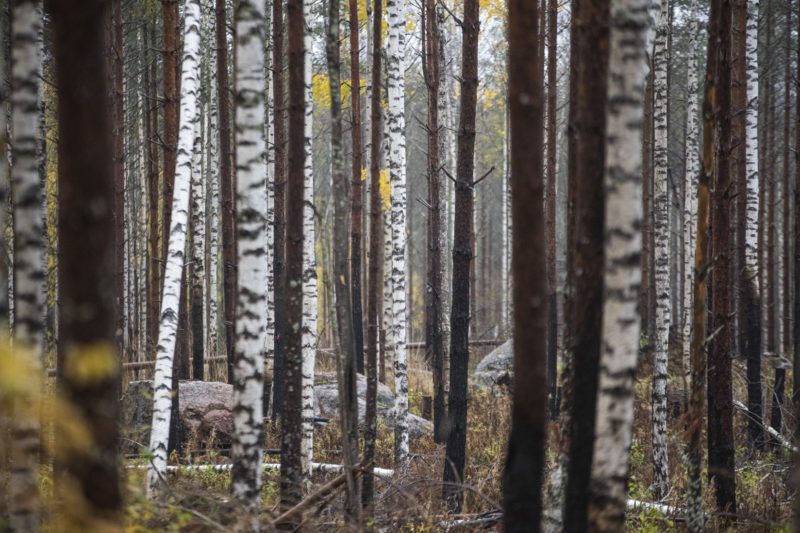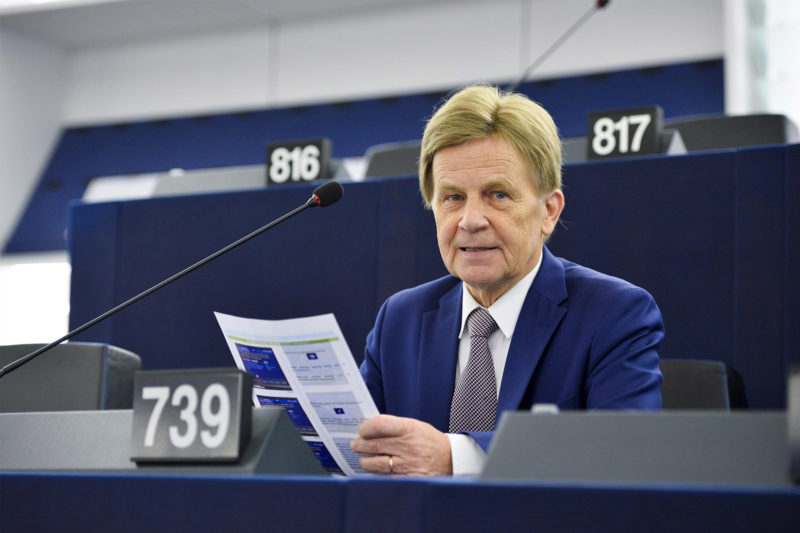Who’s to pay the cost of EU’s Nature Restoration Regulation, MS or EU? Finnish MEPs disagree

Most of the cost of the Nature Restoration Regulation being prepared by the European Union will be borne by the member states, Finnish MEPs say.
Mauri Pekkarinen, Member of European Parliament, calls for financial help to Finland from the EU to offset the cost of the Nature Restoration Regulation proposed by the Commission.
Pekkarinen, representing the Renew Europe group and member of the Finnish Centre Party, compares the situation to the new emissions trading system agreed on last December, which now covers heating and transport.
’This EU decision was expected to hit certain countries, mostly those in Eastern Central Europe, harder than others, and so the EU set up a social fund of EUR 87.5 thousand million,’ Pekkarinen says.
The essential content of the new regulation proposed by the EU Commission is that out of the degraded area of different habitats, 30 percent should be restored by 2030. By 2040, 60 percent and by 2050, 90 percent should be restored.

Natural Resources Institute Finland has estimated that for Finland, the proposal will cause a cost of EUR 13–19 thousand million by 2050 (roughly EUR 500 million per year), and the area to be restored is 2–6 million hectares.
’EU will implement the restoration legislation, and seeing that the cost for certain countries will be way more than for others, the idea that the EU would not invest any of its money in the exercise is just daft. I say, nuts to the Union if they try to push something like this through,’ Pekkarinen says.
Niinistö: Restoration measures will bring financial gain
A different opinion is held by Ville Niinistö of the Green League. He compares the EU’s Nature Restoration Regulation with the targets of the UN’s Biodiversity Conference in Montreal at the end of 2022. It was agreed in Montreal to strive to stop biodiversity loss by 2030.
Niinistö considers that a great deal of the restoration measures required by the Commission will bring in financial benefit elsewhere. As an example, he mentions the regulation on carbon sinks, which obliges Finland to increase its sinks.
’If forests on peatlands are brought under continuous-cover silviculture, they will bind more carbon. Both the carbon balance and nature values will improve. A measure undertaken to effect restoration will boost carbon sinks, and so the volume of fellings can be higher elsewhere,’ Niinistö says.

According to Niinistö, about one half of the EUR 500 million required by the restoration measures is already included in the state budget. Existing forest-related aid, such as the forest management aid to private forest owners, could well be used for restoration, too.
Niinistö points out that the EU also has funds that the member states can apply for to effect restoration measures.
Too much variation in figures
Miapetra Kumpula-Natri of the Socialists and Democrats group and the Social Democratic Party of Finland thinks it unfortunate that the figures estimating the financial impact of restoration vary greatly. According to a previous estimate by Natural resources Institute Finland, the cost would be EUR 930 million, but since then the estimate has been almost halved to 500 million.

’And then there are estimates that say that every euro invested in this will bring back eight or thirty-eight euros. Idle talk like this is not really appropriate in serious political debate in Finland. If every euro invested in restoration brought back at least eight more of them, I’d imagine it’d be worth while for Germany to invest another couple of thousands of millions more in it,’ Kumpula-Natri muses.
If every euro invested in restoration brought back at least eight more of them, I’d imagine it’d be worth while for Germany to invest another couple of thousands of millions more in it.
’There are so many variable figures in the overall estimates that this isn’t a very good way to present the matter,’ she continues.
In Finland there are over 600,000 private forest owners, who own over one 70 percent of the annual growth of trees and 70 percent of the carbon sinks. Kumpula-Natri considers that the restoration costs should be borne by the government.
’As for compensation related to protection of property, I don’t know how that has been assessed. The losses to forest industry, which is important for many countries, have not been calculated – if, say, an industry is no longer profitable,’ Kumpula-Natri says.
The opinions of Finns in EPP divided
The Nature Restoration Regulation divides the opinions of members of the Finnish National Coalition Party, representing the European People’s Party group. Henna Virkkunen repeats the EPP’s opinion, saying that the regulation should be abandoned.
’From the Finnish perspective we’ve found the regulation to be quite unfair,’ Virkkunen says.

Another EPP representative and member of the Coalition Party, Sirpa Pietikäinen, is in favour of the regulation.
’Oh yes, there will be extra expenditure,’ Pietikäinen says.

She points out that it is considerably cheaper to prevent the loss of biodiversity now than ten years from now. The extra cost caused by restoration that could be termed as ”reasonable restriction of right of possession” would be about one fifth, Pietikäinen considers. She does not specify the individual or body that would be affected by this extra cost.
There have been cases like this before. It is difficult to bring about change if nothing should ever be allowed to change.
’Where the cost is significant – if a farm has to be closed down or an entire area must be protected – this will be compensated for in line with the Nature Protection Act. There have been cases like this before. It is difficult to bring about change if nothing should ever be allowed to change,’ Pietikäinen says.